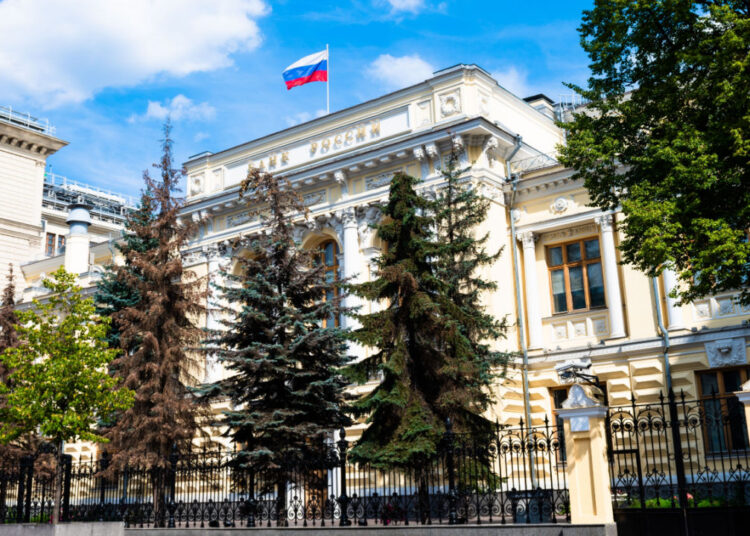The Central Bank of Russia has detailed two methods for implementing the digital ruble and other state-backed coins in international settlements. The monetary authority also plans to start testing consumer-to-business (C2B) operations in the first quarter of the year.
Russia’s Central Bank to Propose Platforms for Digital Currency Payments in Foreign Trade
Moving forward with efforts to introduce its central bank digital currency (CBDC) amid sanctions and financial restrictions, the Bank of Russia is preparing to offer solutions for processing cross-border CBDC payments, the Russian press unveiled.
The proposals are part of a presentation seen by the business daily Kommersant. The document outlines two potential payment models which the Russian monetary policy regulator intends to develop in the first quarter of 2023.
The first one relies on bilateral agreements between countries to integrate their digital currency platforms. This approach puts an emphasis on ensuring convertibility between the CBDCs of two partnering nations and facilitating transfers in accordance with pre-agreed rules.
As an alternative, the Bank of Russia suggests the establishment of a single, multilateral platform enabling payments between the digital currencies of multiple nations. These transactions would be carried out under common standards and protocols, too.
Bank of Russia to Trial C2B Transactions With Digital Ruble
Russia’s access to global finances and markets has been severely limited by penalties imposed by the West over its invasion of Ukraine. Besides the push to speed up the introduction of the digital ruble, the Russian central bank has also softened its stance on crypto payments as long as they are employed exclusively in international trade or under special legal regimes.
The presentation quoted by the Russian daily also provides a glimpse of other next steps in the CBDC project, including the testing with C2B transactions with participating banks. Over a dozen banking institutions and other financial companies have joined the trials so far.
Preparing the necessary legislation to regulate operations with the digital version of the national fiat is another objective for the said period. A respective bill was already filed in December. The monetary authority also plans to pilot digital ruble payments between customers on a limited scale.
Do you expect international payments with central bank digital currencies to soon become a reality? Share your thoughts on the subject in the comments section below.
Image Credits: Shutterstock, Pixabay, Wiki Commons
Disclaimer: This article is for informational purposes only. It is not a direct offer or solicitation of an offer to buy or sell, or a recommendation or endorsement of any products, services, or companies. Bitcoin.com does not provide investment, tax, legal, or accounting advice. Neither the company nor the author is responsible, directly or indirectly, for any damage or loss caused or alleged to be caused by or in connection with the use of or reliance on any content, goods or services mentioned in this article.
Credit: Source link














































